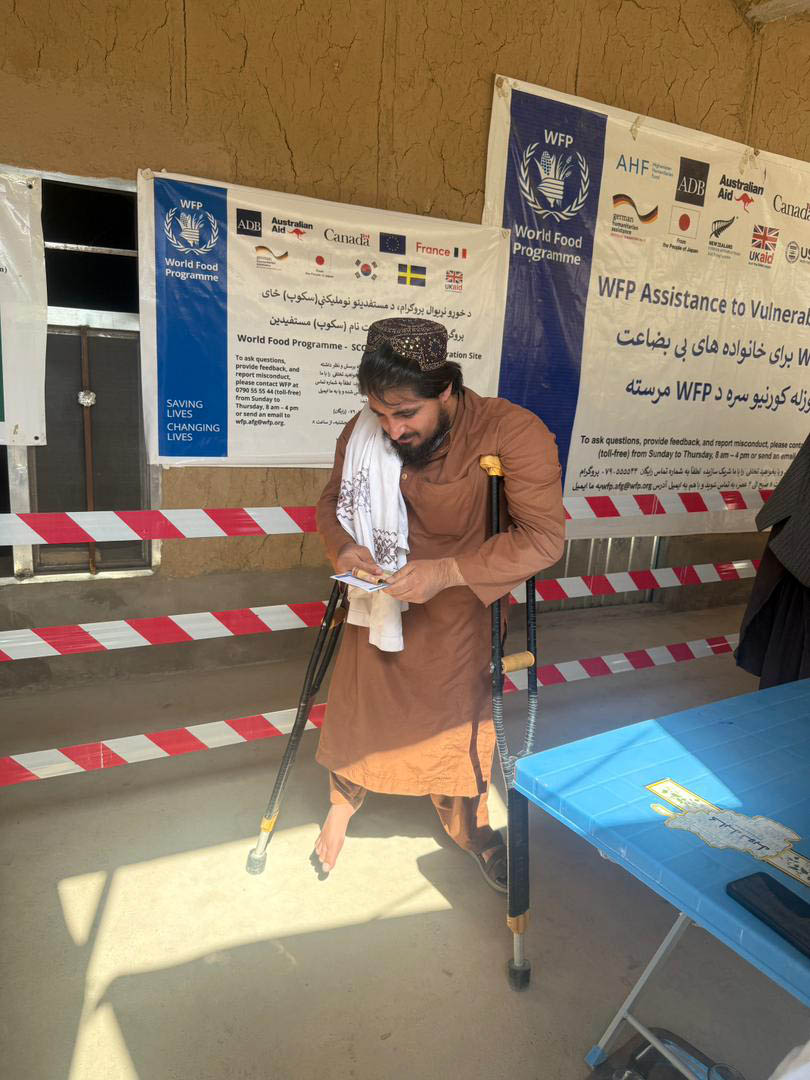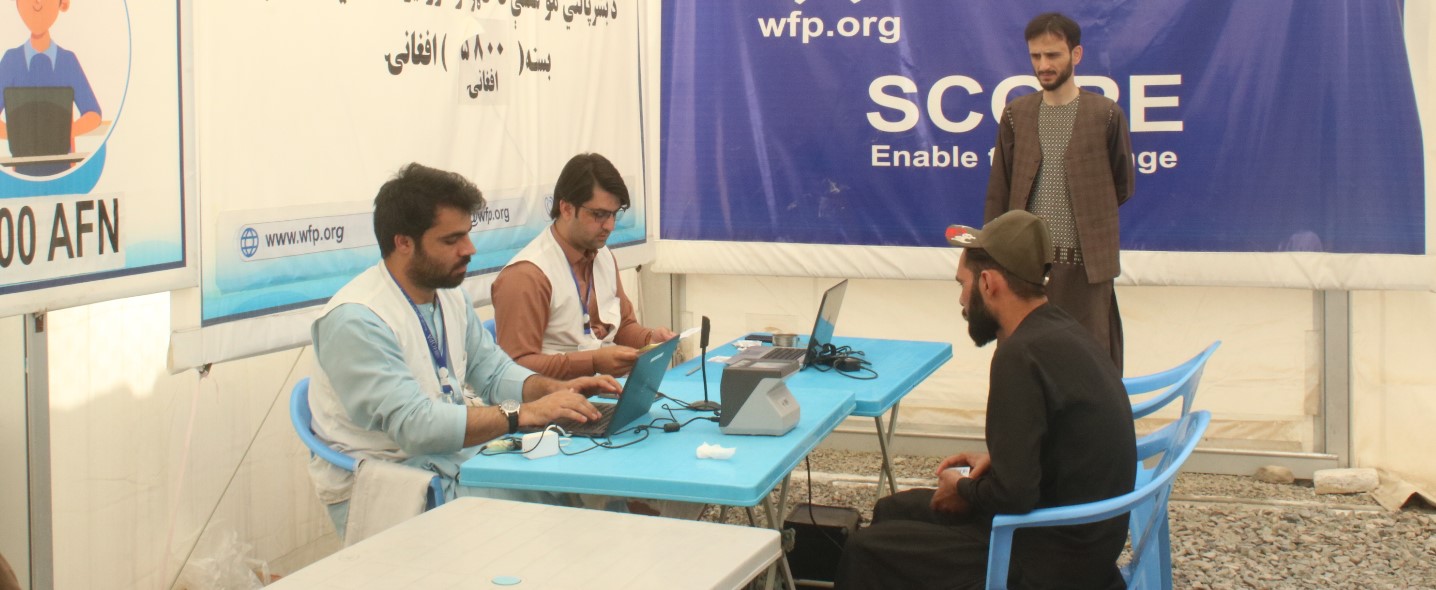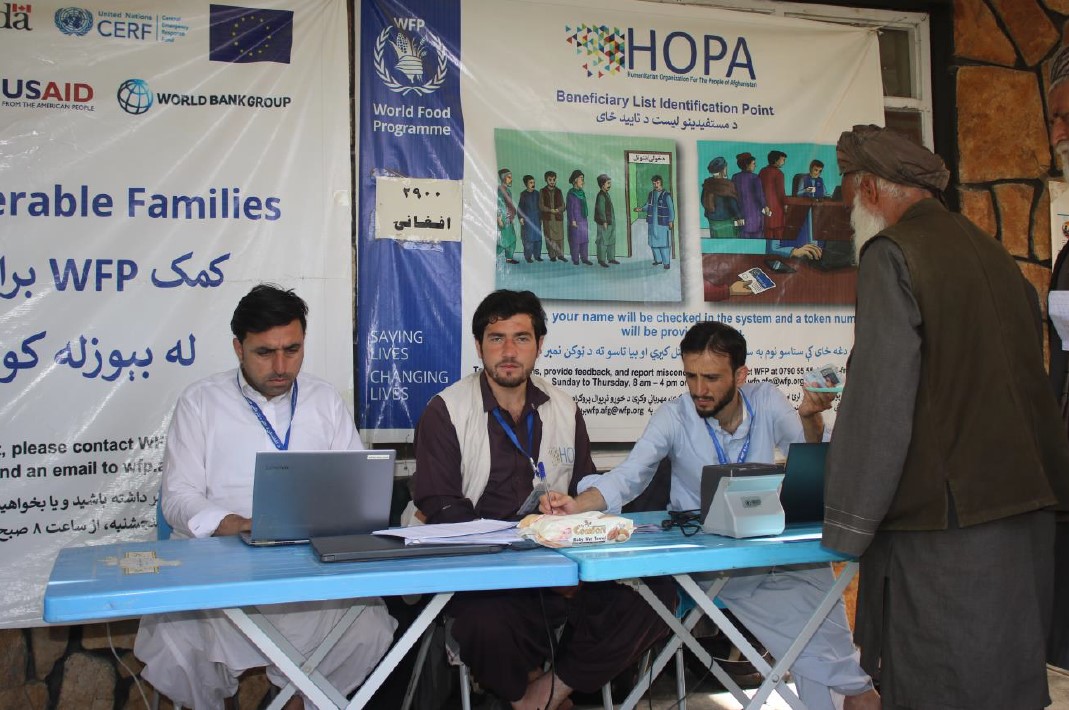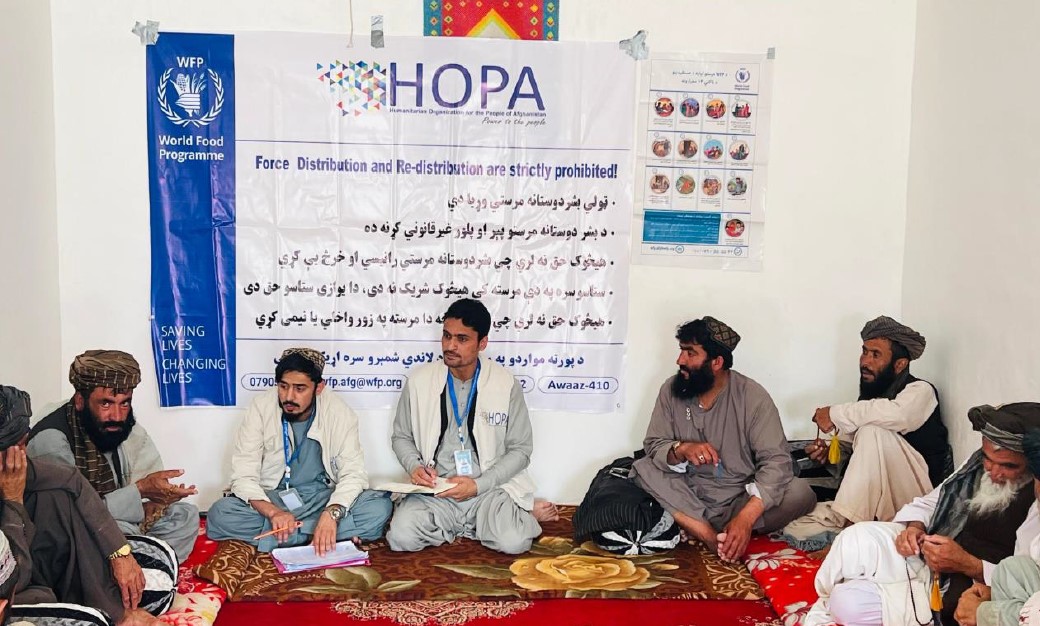
Community-Based Food Assistance Committee (CFAC) Formation and Upgrade Report
Executive Summary
This report presents monitoring and evaluation findings from the formation and upgrade of Community-Based Food Assistance Committees (CFACs) in Kandahar City’s 15 Police Districts (PDs) and Panjwayi District. The activity adhered to WFP’s Full Targeting CFAC SOP (Steps 10–12), focusing on the establishment, verification, and training of inclusive, functional, and representative CFACs. The initiative aims to strengthen local ownership, improve accountability in food distribution, and boost community engagement.
A total of 119 CFACs were assessed:
99 CFACs in Kandahar City
20 CFACs in Panjwayi District
CFACs were categorized as Updated, Mostly Old, or Newly Formed, depending on the degree of change in their composition and functionality. The process ensured CFACs were reformed as per WFP requirements. Notably, WFP’s 13 key criteria were explained and implemented during trainings, CFAC members were clearly visible and trained, and coordination between field teams and CFACs remained strong.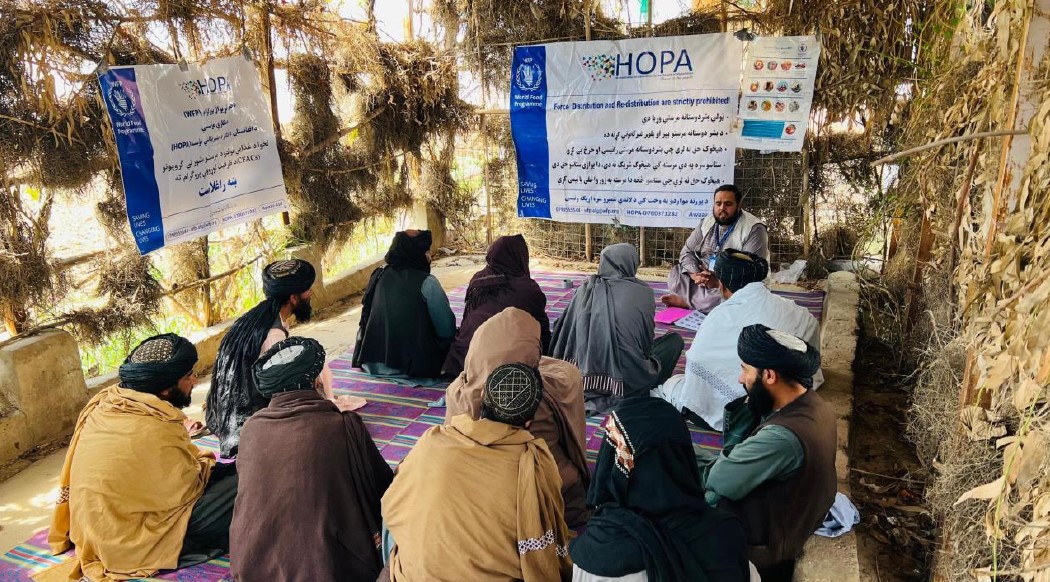
Background and Objectives
HOPA, in partnership with WFP, is mandated to ensure transparent, community-led management of food assistance by establishing and maintaining effective CFACs. These committees play a vital role in community targeting, oversight of distribution, feedback collection, and equitable service delivery.
Objectives:
Evaluate the status of CFACs across the target areas.
Assess compliance with WFP’s CFAC SOP (Steps 10–12).
Promote inclusive participation, especially of women, and transparent committee operations.
Methodology
The M&E team employed:
Field visits and direct verification
Key Informant Interviews (KIIs) with elders and community leaders
Review of CFAC documentation
Observation checklists guided by the WFP CFAC SOP
CFACs were classified as:
1. Updated – committees where partial or full member changes occurred
2. Mostly Old/Old – minimal or no change in composition
3. New – completely newly formed CFACs in previously unserved areas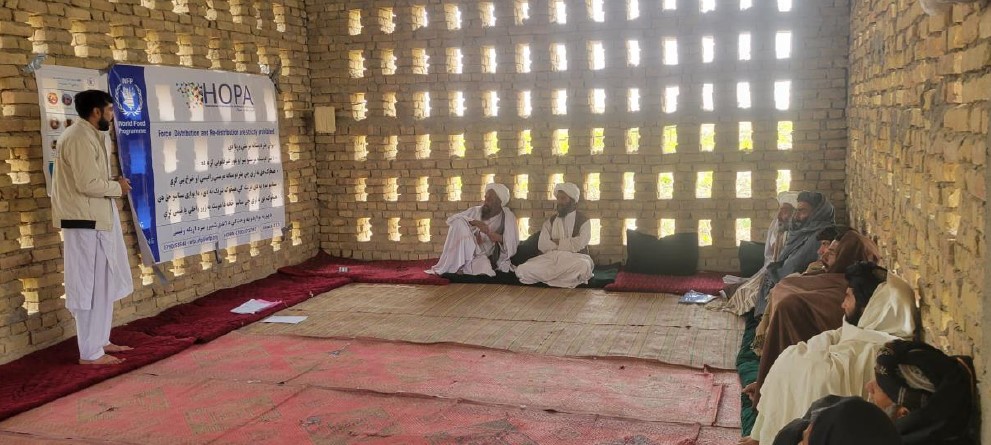
Findings and Analysis
Panjwayi District
Total CFACs assessed: 20
14 (70%) Updated
6 (30%) Mostly Old
Key Points:
Locations such as Miralzi, Samizi, Tolokan, and Bazar Kali had updated CFACs.
Salawat, Mahajirin Kali, and Lwar Chilghor remained mostly old, reflecting either limited mobilization or community preference for status quo.
Kandahar City (15 PDs)
Total CFACs assessed: 115
42 (36.5%) Updated
53 (46%) Mostly Old
20 (17.5%) Newly Formed
Highlights:
High update/new formation activity in Districts 3, 6, 8, and 11
Low change observed in Districts 2, 4, and 10
Notable new CFACs in Kabul Shah (PD3), Sra Jama (PD6), and Aino Mina (PD11)
Analysis of Change Types

Step 10 – Verification: Carried out for all CFACs; documentation delays in PDs 2 and 14.
Step 11 – Training: All updated and new CFACs received orientation on their roles, WFP’s 13 CFAC criteria, gender equality, and SOP checklists.
Step 12 – Activation: Newly formed CFACs have complete records, signed member lists, and documented meetings. “Mostly old” CFACs lack proper record-keeping.
Observations and Challenges
Resistance to Change: Found in areas where influential individuals wanted to retain old CFACs.
Female Participation: Improved in newly formed and updated CFACs, though still below WFP’s 50% target in some districts.
Documentation Gaps: Particularly among “mostly old” CFACs.
Urban vs. Rural Divide: Urban PDs generally exhibited stronger documentation and CFAC structure. Rural Panjwayi lagged in procedural aspects.
Quality of Formation and Coordination
CFACs were established as per WFP guidelines, with the 13 CFAC criteria fully explained and internalized by members.
Trainings were well-attended; members demonstrated clear visibility and awareness of roles.
Coordination between HOPA field teams and CFACs was effective across districts.
Recommendations
1. Refresher Trainings: Conduct every 6 months to maintain functionality and compliance.
2. Increase Female Representation: Use female mobilizers and hold sessions in gender-safe environments.
3. Enforce SOP Checklists: Mandatory use of WFP’s forms by both CFACs and M&E staff.
4. Quarterly Monitoring: To ensure continuity, document updates, and assess CFAC meeting frequency.
Conclusion
The CFAC upgrade and formation initiative in Kandahar City and Panjwayi District represents significant progress in community-driven food assistance management. While the majority of committees are now either updated or newly formed, sustained efforts are needed to enhance female participation, documentation, and monitoring. Overall, the process was compliant with WFP standards, with strong implementation of the 13 CFAC criteria and excellent field-level coordination.
